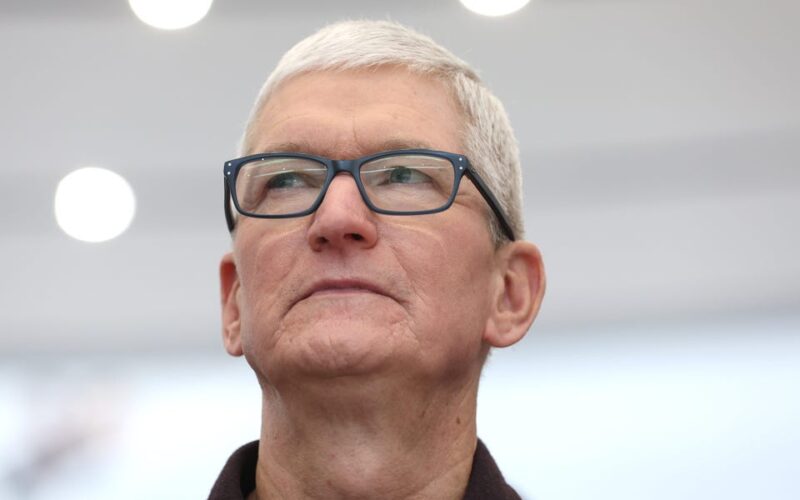What does the future of the iPhone look like? That depends on how Apple’s AI plans work out.
For a while now, the outlook has been rather bleak. In Apple’s last fiscal year, which ended in September 2023, iPhone sales fell to $200.6 billion from $205.5 billion the year prior.
It did see a small quarterly jump in sales in the three months after that — driven by the new phone it launches in September each year — but net sales of the iPhone look set to be down again this year.
As Apple announced record June quarter revenue of $85.8 billion on Thursday, iPhone sales proved a weak spot once again, falling from $39.7 billion in the same quarter last year to $39.3 billion.
A huge part of that decline was driven by lagging sales in China, where Apple has spent the past year contending with growing competition from domestic players such as Huawei. But consumers have also generally become less inclined to buy new phones the moment they come out.
For Tim Cook, however, none of this seems to be of too much concern.
Addressing investors, the Apple CEO made a point to spotlight Apple Intelligence, the new suite of AI features set to come to Apple devices following the release of the iPhone 16 this fall.
In his telling, Apple Intelligence represents a “breakthrough personal intelligence system that puts powerful, private generative AI models” at the core of its devices — and something that he feels will clearly drive renewed interest in iPhones when they need it.
In effect, then, the iPhone faces two possible futures.
The first would see AI deliver the boom in sales Apple hopes for. The second less favorable outcome is one in which consumers deem Apple Intelligence to be a gimmick they don’t necessarily need to rush toward, leaving sales ticking away at the kind of declining rate we’ve seen recently.
Scott Olson/Getty Images
Apple, for its part, seems confident that AI will put iPhones on a path toward a better future. Bloomberg reported in July that the company has told suppliers and partners that it expects the iPhone 16 to help grow shipments by around 10% later this year.
That said, it seems painfully aware of the two different futures facing its most important device, which is why it has been very busy this year in its efforts to find entirely new products to keep consumers tied to the Appleverse, or what Steve Jobs liked to call its “next big thing.”
Whether it will find success in those efforts is another matter. Its mixed reality push following the launch of the Vision Pro in February appears to be off to a slow start, with a high entry-point price tag of $3,500 and a lack of apps deterring would-be buyers.
The company also seems to be exploring a big push into personal robotics as it looks to people’s homes as a potential new growth area, Bloomberg’s Mark Gurman reported in April, noting that there’s no guarantee this will happen as the project is at an early stage.
Earlier this year, meanwhile, Apple had to confront the fact that some new areas remain a step too far for it after ditching its electric vehicle project that was a decade in the making.
That means it’ll need Apple Intelligence to really keep consumers interested in iPhones. If it doesn’t, it might need a new plan.
Source link
lol

